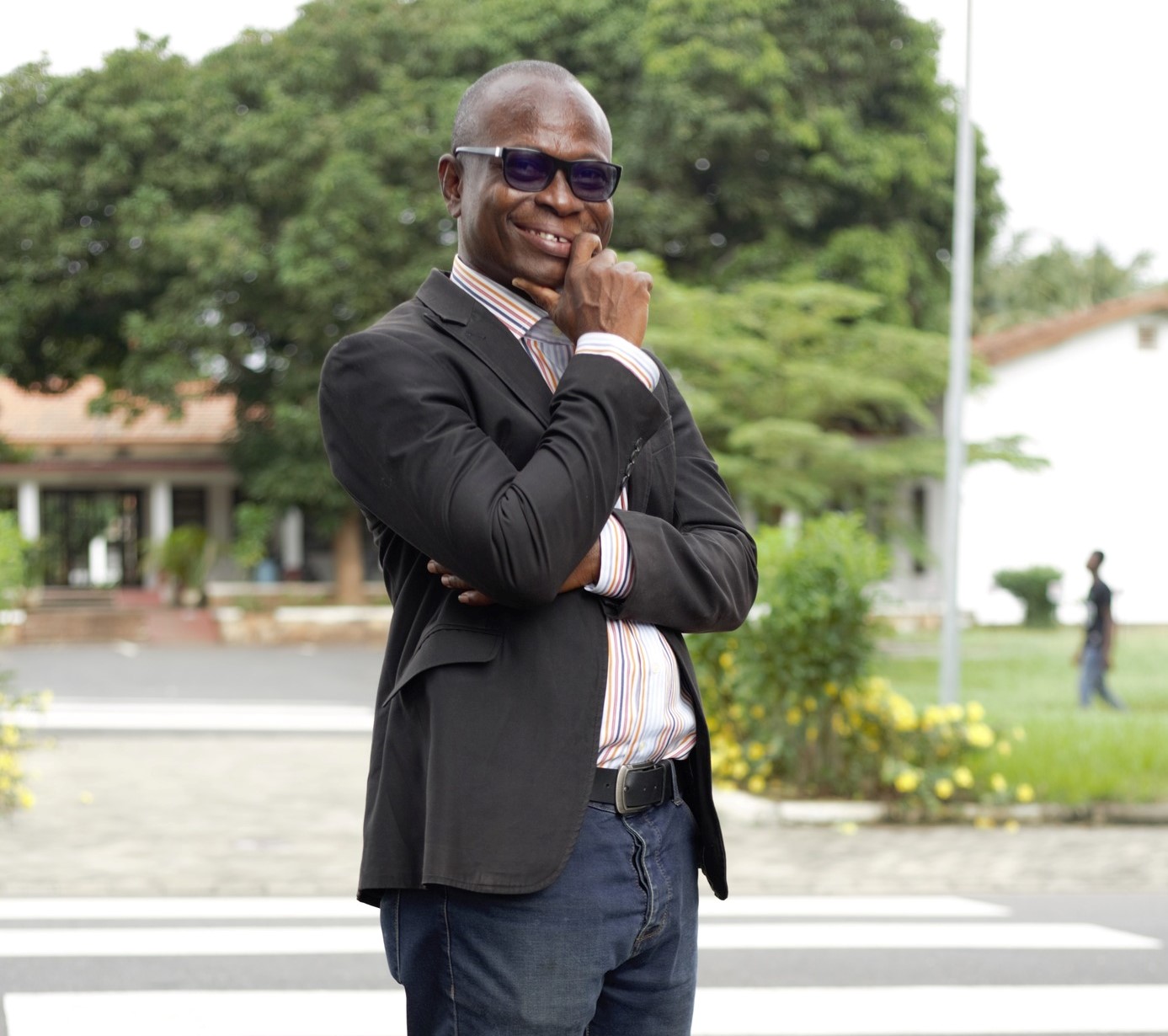
There are speakers who know how to speak. And then there are speakers who know how to connect. The difference?
The second group knows how to read the room. I’ve hosted over 500 events—from black-tie galas and corporate panels to weddings, town halls, and student award shows; and here’s something I’ve come to believe: the ability to read your audience in real time is just as important as the ability to speak well.
The truth is, every room has a rhythm. An unspoken energy. A tone. Some crowds are warm and responsive. Others are formal and hesitant. Some need energy. Others need calm. If you miss that cue, you’ll find yourself talking at people rather than speaking to them.
1. Don’t assume—Observe
Most people start speaking based on what they rehearsed, not based on what’s in front of them. But rooms are living things. They shift. What worked yesterday might fall flat today.
When I step into a space, I immediately start scanning:
- Are people chatting freely or sitting stiffly?
- Are phones out? Eyes glazed? Smiles showing?
- Are they reacting to humour or not at all?
Your ability to adapt should begin before you even take the mic.
2. Adjust tone, pace and energy
Once you sense the mood, adjust. If the room feels tired, increase energy with pace and inflection. If it feels tense, start slower and use a calming tone. Sometimes I enter a hall expecting to open with humour, but the room is dead silent. So I switch gears—maybe start with a short story instead of a joke. That flexibility builds trust. Think of it like driving in the rain: the road conditions have changed, so your speed and handling must change too. That’s what audience awareness demands.
3. Watch faces more than notes
Your real feedback loop is on the faces in front of you. Are they nodding? Frowning? Smiling? Looking down? If you’re locked into your notes or slides, you’ll miss the signals. And those signals are gold. They’ll tell you when to move on, slow down or clarify.
Example 1: The academic crowd – I was once emceeing a university alumni event. I had prepared light-hearted banter for the start. But five minutes before the show, I realised the crowd was full of professors, donors and executives. It wasn’t a “joke first” environment—it was a “honour and tradition” one. I ditched the humour and opened with a reflection on legacy and excellence. The applause told me I’d made the right call.
Example 2: The school speech day – At a Speech and Prize-Giving Day event, I noticed something powerful: students were excited, but the parents were mostly disengaged—scrolling through phones, chatting. When I stepped up, I spoke directly to the parents: “I know many of you have had a long week. But I hope today reminds you that what these students are achieving is a reflection of your sacrifices.” They sat up. Some nodded. That room came alive—not because I said something fancy, but because I acknowledged their reality.
Example 3: The church conference – I was once booked to facilitate a panel at a church conference. The panelists were vibrant. I assumed the audience would be just as expressive. Wrong. I started with a question and was met with silence. Then I realised: the room was more reflective than reactive. So I changed the format. I told attendees they could write down their questions instead of speaking up. Instantly, questions flowed in, engagement increased and we had one of the richest discussions of the day.
Final thoughts
Reading the room isn’t about being perfect. It’s about being present. When you tune in to your audience’s energy, you don’t just speak—you respond. You serve the moment. You earn trust. Here’s what I’ve learned: it’s not enough to deliver a great message. You must deliver it the right way, to the people in front of you, in the mood they’re in. Because speaking well isn’t just about what you say. It’s about how it lands.
>>>David Dei-Awuku (Mr. Dei) is a renowned Master of Ceremonies and public speaking coach who has hosted over 500 events and mentored more than 350 individuals across the world. Connect: www.mrdei.com | [email protected]
The post Mic Check with Mr Dei: Reading the room: The hidden skill of public speaking appeared first on The Business & Financial Times.
Read Full Story



















Facebook
Twitter
Pinterest
Instagram
Google+
YouTube
LinkedIn
RSS